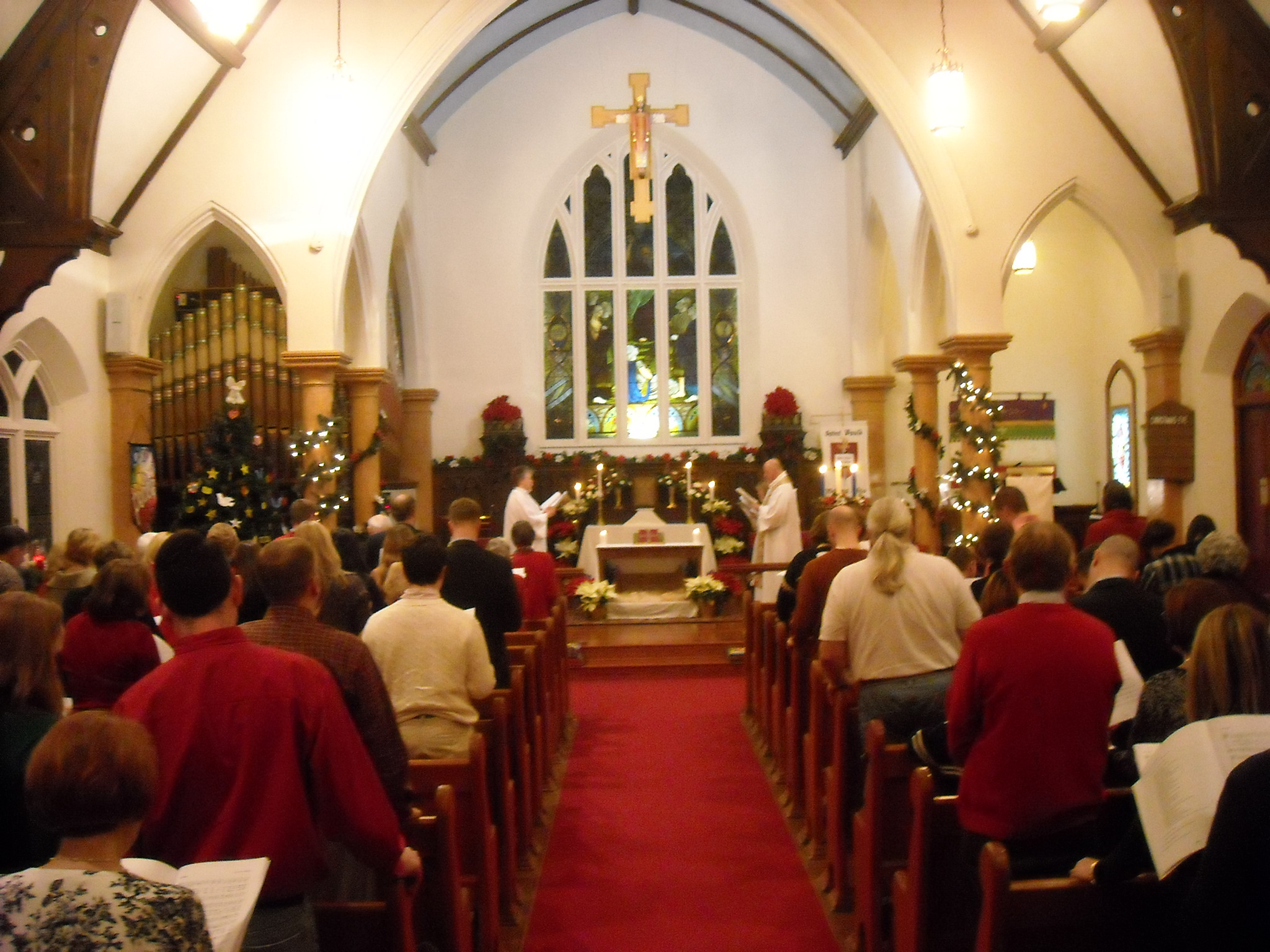"High" and "Low" Services of the Episcopal Church
The terms “high church” and “low church” within Anglican and Episcopal Churches emerged gradually, rather than having a specific starting point with distinct services. Despite their differences, “high church” and “low church” traditions share core Christian beliefs and values, such as the centrality of Scripture, the sacraments, and the teachings of Jesus Christ. The shared values are a unifying force that promote a sense of common identity and purpose within the wider Anglican and Episcopal communities.
Following the English Reformation in the 17th century, tensions arose between those who favored closer alignment with Catholic traditions (“high church”) and those who desired further Protestant reforms (“low church”). These differences initially centered on theology and church governance. The terms “high church” and “low church” came into use, initially as derogatory labels used by each side to describe the other.
While the “high church” and “low church” distinctions initially related to theology and governance, Church leaders by the late 19th and early 20th centuries recognized they were due to differences in worship styles, rather than theology. High church services typically include more elaborate rituals, vestments, ceremonial elements, and emphasis on the sacraments. Conversely, Low church services are generally simpler in form, focused on preaching and congregational participation and less emphasis on ritual and ceremony,
The Anglican and Episcopal Churches embrace a broad theological spectrum, encompassing both sacramental theology and emphasis on scripture and personal faith. This inclusivity allows for diverse interpretations of Christian doctrine within the same denomination. T fostering dialogue and understanding between different perspectives. The Book of Common Prayer provides authorized alternative options for services, allowing congregations to choose elements that align with their preferences,


